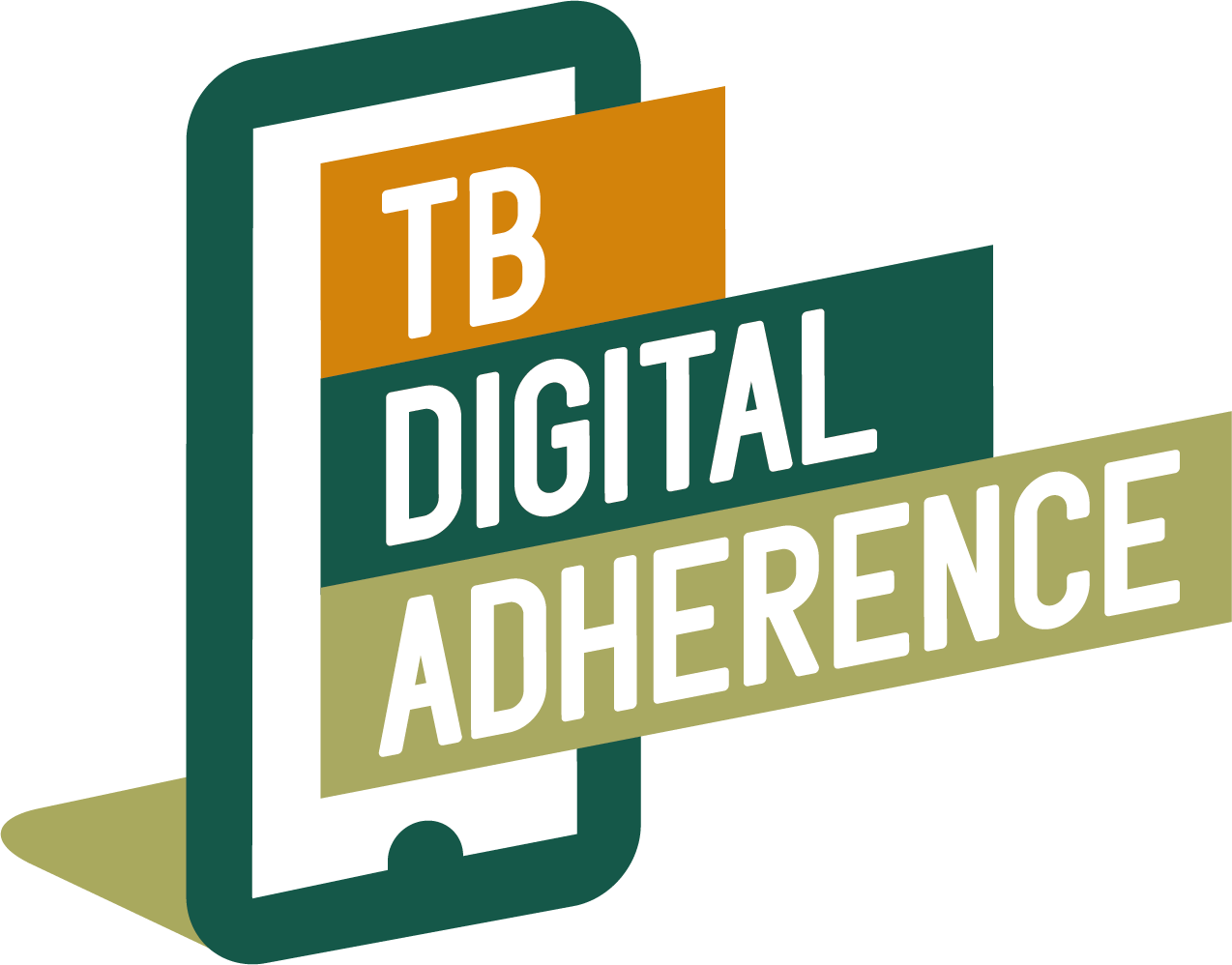Use of Smartphone-Based Video Directly Observed Therapy (vDOT) in Tuberculosis Care: Single-Arm, Prospective Feasibility Study
Samuel B Holzman, Sachin Atre, Tushar Sahasrabudhe, Sunil Ambike, Deepak Jagtap, Yakub Sayyad, Arjun Lal Kakrani, Amita Gupta, Vidya Mave and Maunank Shah.
Background
India accounts for nearly one-quarter of the global tuberculosis (TB) burden. Directly observed treatment (DOT) through in-person observation is recommended in India, although implementation has been heterogeneous due largely to resource limitations. Video DOT (vDOT) is a novel, smartphone-based approach that allows for remote treatment monitoring through patient-recorded videos. Prior studies in high-income, low disease burden settings, such as the United States, have shown vDOT to be feasible, although little is known about the role it may play in resource-limited, high-burden settings.
Objective
The goal of the research was to assess the feasibility and acceptability of vDOT for adherence monitoring within a resource-limited, high TB burden setting of India.
